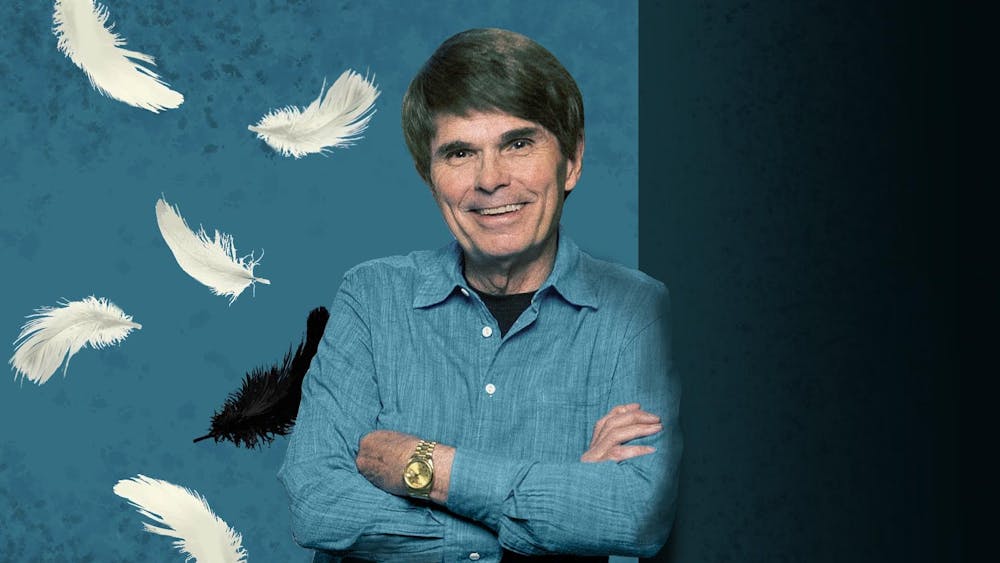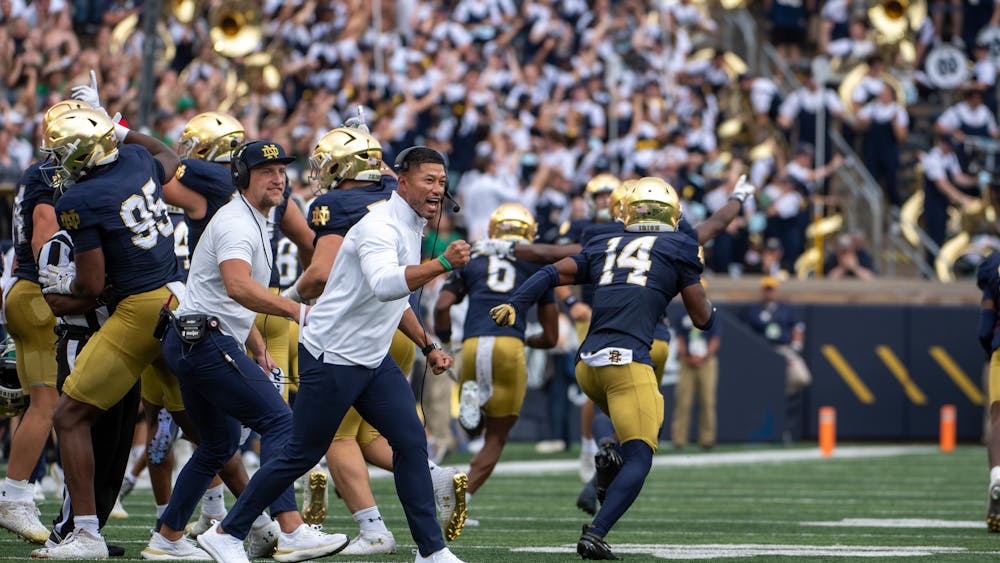Genndy Tartakovsky’s “Primal” is a masterpiece like no other. Through blood and prehistoric rage, the silence of a show without dialogue is drowned under the terrifying screams of beasts fighting their very extinction. But this is more than just a show about a caveman and a T-rex fighting duo. Sprayed across this show’s violent tapestry is a hunt for meaning.
Now that the show’s second and final season has ended, I think it works best looking at the series in its entirety. In the aftermath of losing both their families, a caveman, Spear and T-rex, Fang, team up to survive and overcome their mourning.Without dialogue, and without characters able to understand each other, the nature of the human individual is fully dissected at its most vulnerable state.
Spear cannot express the deep emotions he experiences. Why he decides to keep fighting is never about overcoming doubt, it’s out of necessity. No matter how much of his life disappears, the only way to keep it alive is for him to keep moving. Evolution is not kind to the lone survivor; the harder they fight it, the more they will be left behind.
Throughout the show, cultures are turned to rubble, and entire species are reduced to ash, yet episode by episode, Spear and Fang escape the hurricane intact. It’s only after the fights end that they realize the world is moving on without them. They are destined to be alone, agents of eras long buried, and the only way to not be swept away in the avalanche of time is to cling to each other. It puts our modern place in the food chain into question by examining our very understanding of evolution.
This show wouldn’t exist without the legendary Genndy Tartakovsky, who was probably a staple of your childhood entertainment. The mind behind “Dexter’s Lab,” “Samurai Jack,” “Hotel Transylvania” and my personal favorite, “Sym-Bionic Titan,” this guy knows how to craft dynamic stories with great action and unforgettable art styles. In a TV market booming with 3D animation, Tartakovsky’s drawings add texture through rough brush strokes and sharp character designs. The very outlines of Spear and Fang can puncture flesh. The physicality of their characters is visible in their silhouette, each shape and angle built to feel cold-blooded. The show contrasts this antagonism with vibrant colors, blending venomous greens with cartoonish volumes of bloodied reds.
Even the sound design feels like it’s calling from the stone age with low horns and deep drums. Nothing blends into each other; it all stacks into a mountain of iconic symbols and vivid memories. Tartakovsky has mastered his craft, emphasizing texture and style over a clean image.
I do want to specify the evolution of this show after its second season. The first five episodes of the show are a social experiment: could they successfully create an engaging story through teeth, blood and screams? The answer was a resounding yes. But with that foundation proving successful, there had to be a next step. An evolution.
Season two’s job was to put a spine to the muscle. The episodic adventures grow more serialized, more characters are introduced and themes drive the story rather than survival. I want to mention this because season one is a great way to pass the time, but season two is when it truly hones the story. Spear is no longer a simple caveman by the end of the show, he signifies something elemental about our species. That something is that this show promises to revive, hoping we never let it slip into the past again.
Director: Genndy Tartakovsky
Shamrocks: 5 out of 5
Contact J.P. atjpspoonmo@nd.edu.









